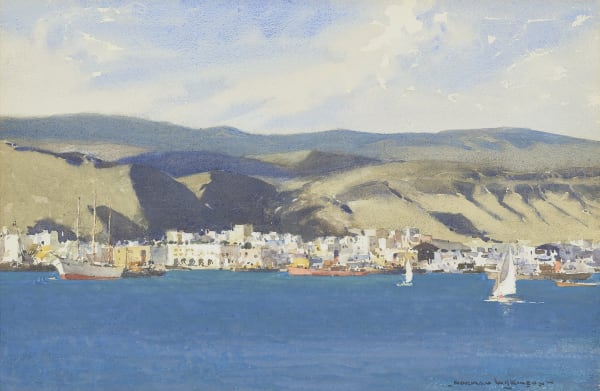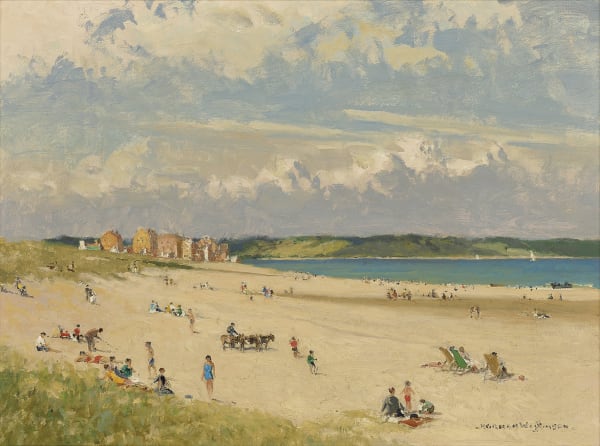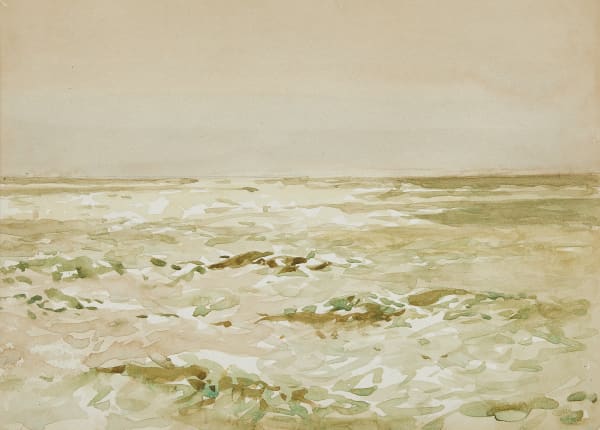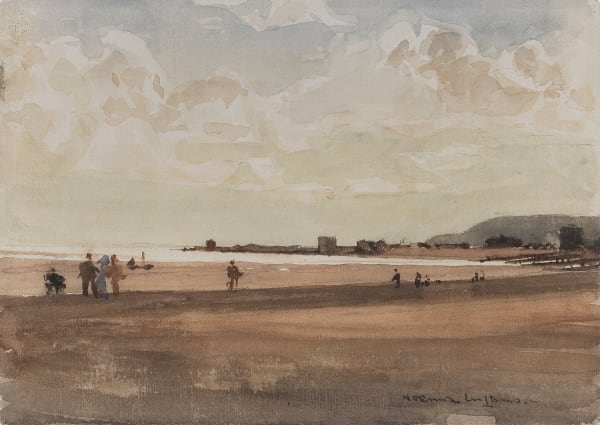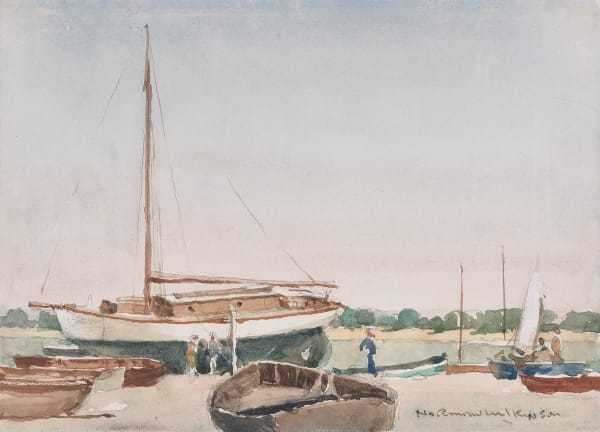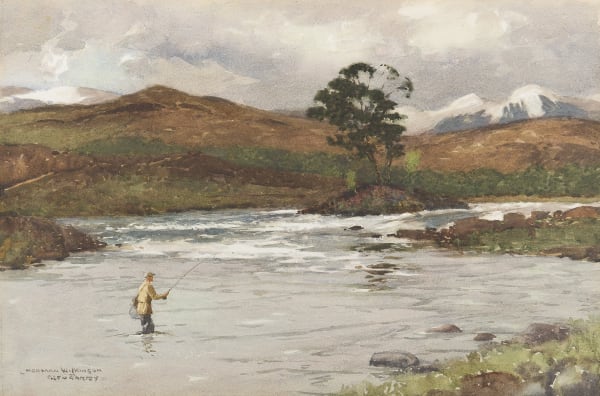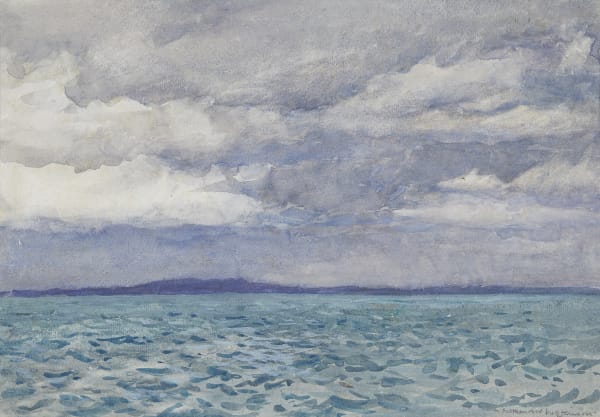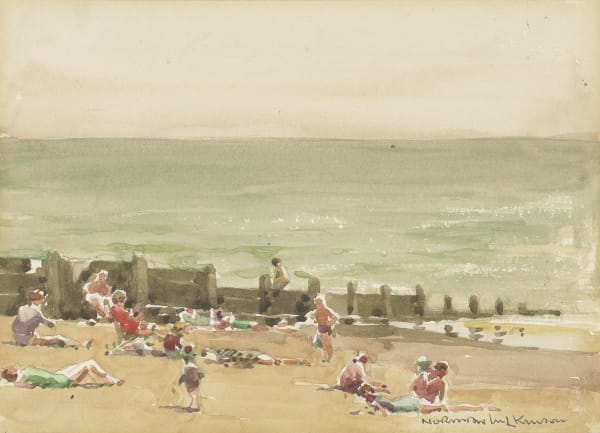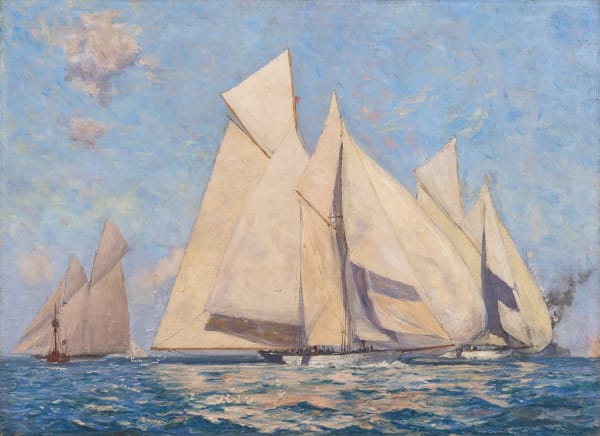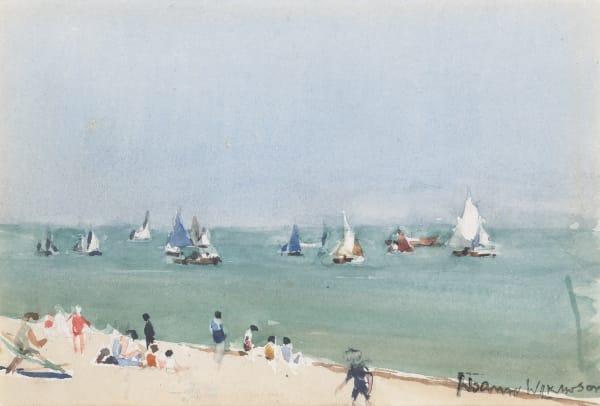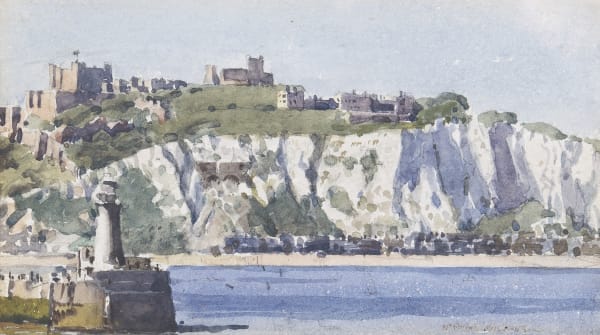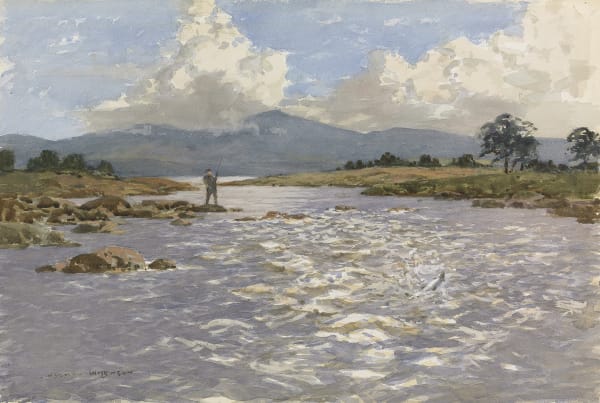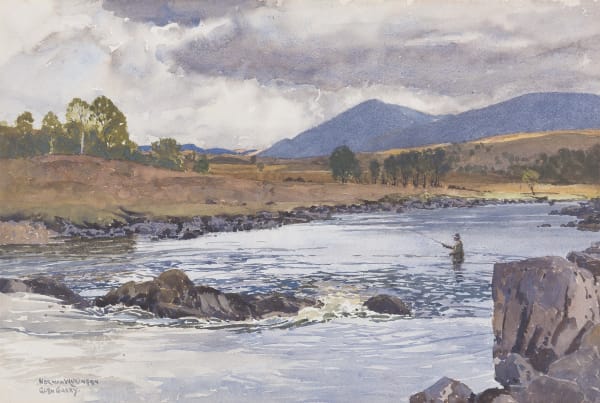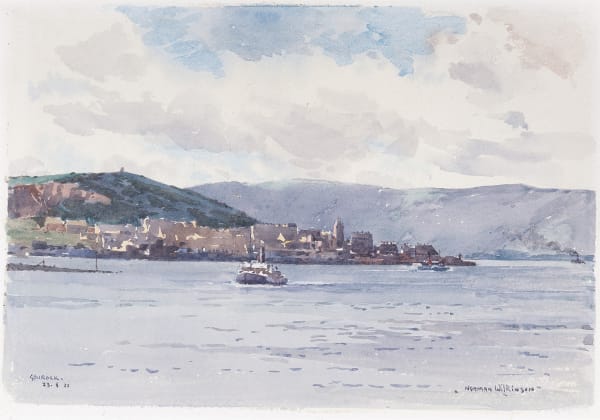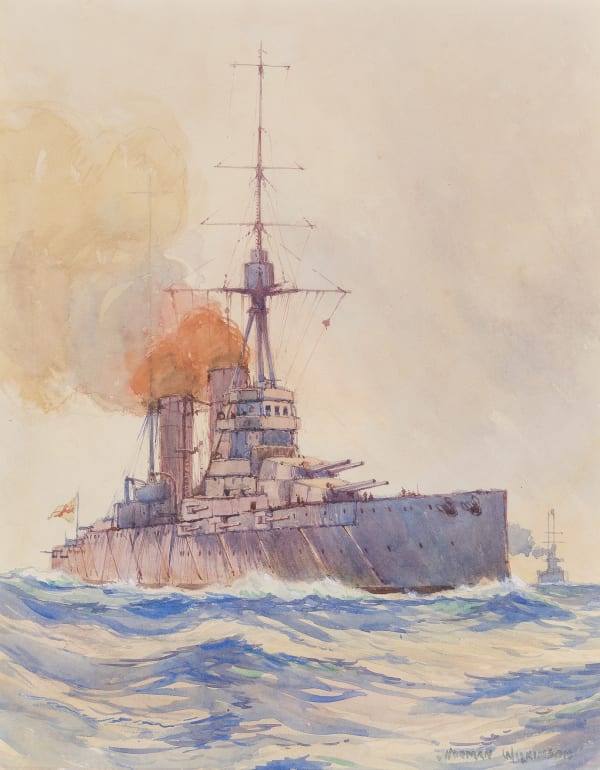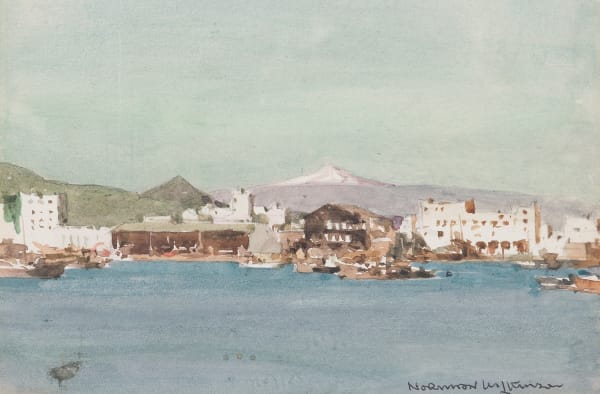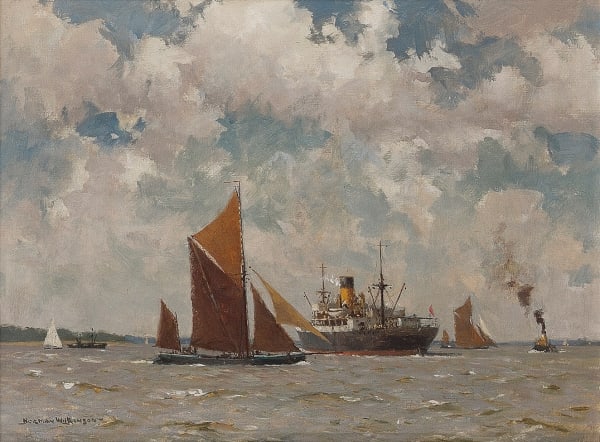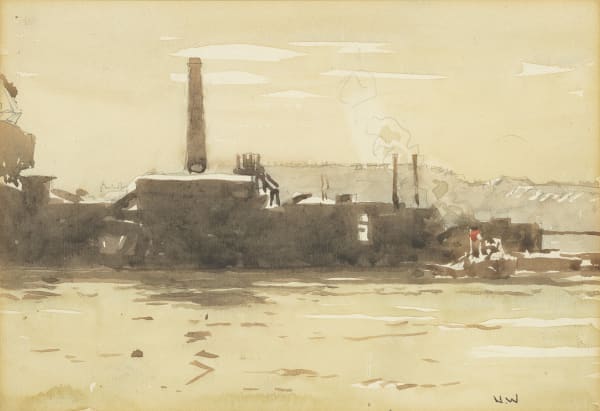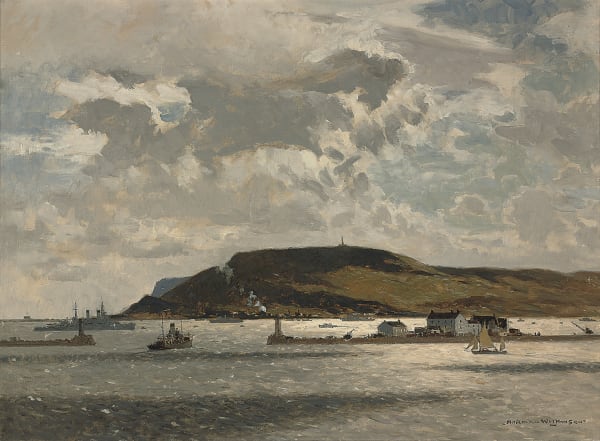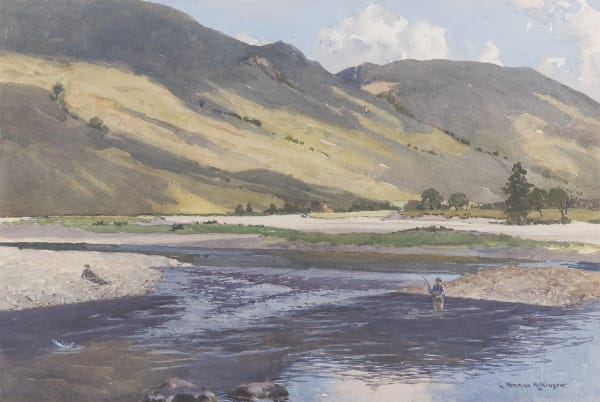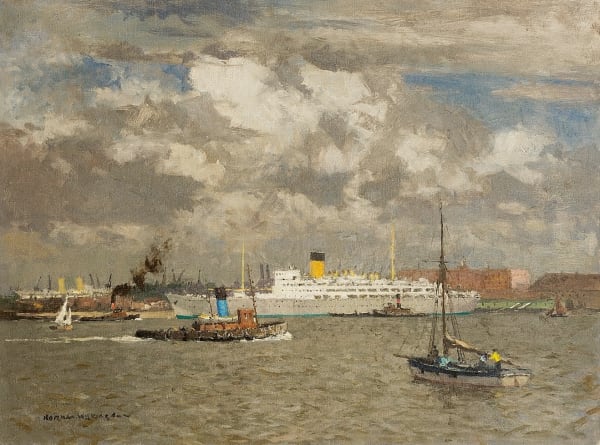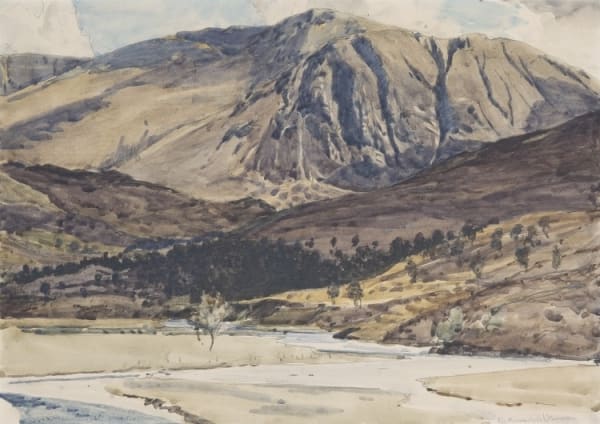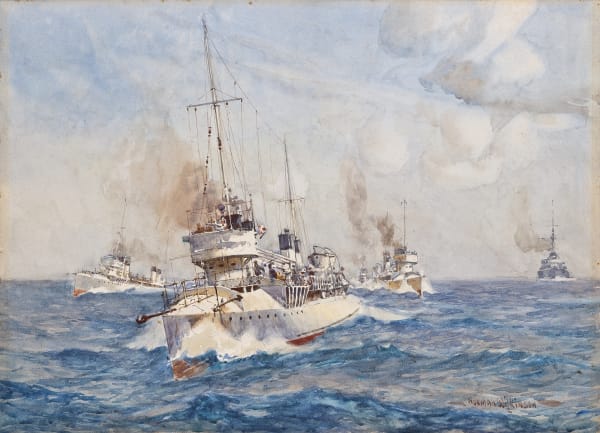-
 San Giorgio Maggiore, Venice, 1967
San Giorgio Maggiore, Venice, 1967
-
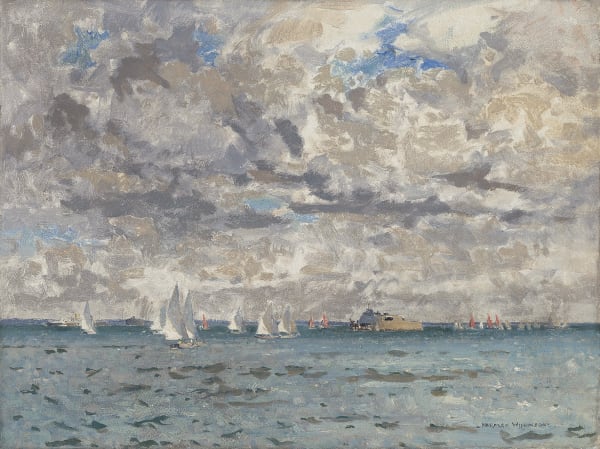 Clubboats, Redwings, and dinghies by St Helens Fort near Bembridge, Isle of Wight
Clubboats, Redwings, and dinghies by St Helens Fort near Bembridge, Isle of Wight
-
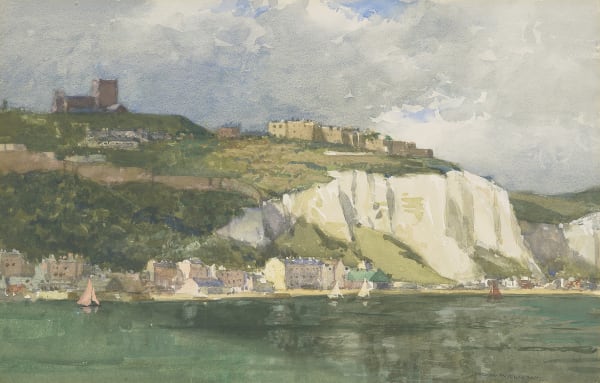 Dover£2,950
Dover£2,950
-
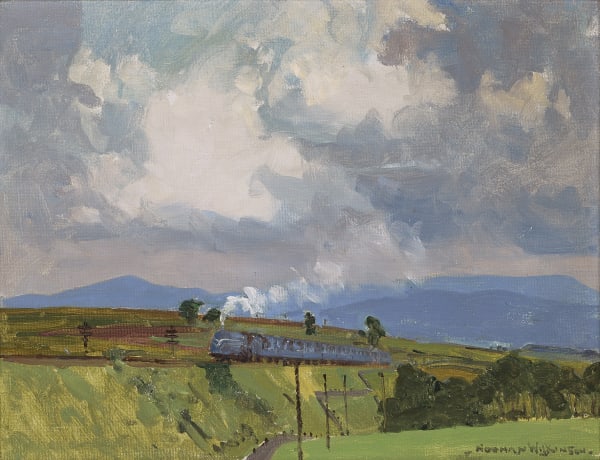 Study for the L.M.S. poster The ‘Coronation Scot’ Ascending Shap Fell, Cumbria, 1937
Study for the L.M.S. poster The ‘Coronation Scot’ Ascending Shap Fell, Cumbria, 1937
-
 Study of the sea£650.00
Study of the sea£650.00
-
 Evening rise, Loch Poulary
Evening rise, Loch Poulary
-
 Troops landing on 'C' beach, Suvla Bay, 7th August 1915
Troops landing on 'C' beach, Suvla Bay, 7th August 1915
-
 Bragozzo fishing boats in the Venetian lagoon
Bragozzo fishing boats in the Venetian lagoon
-
 Battle of the Yellow Sea, 10th August 1904
Battle of the Yellow Sea, 10th August 1904
-
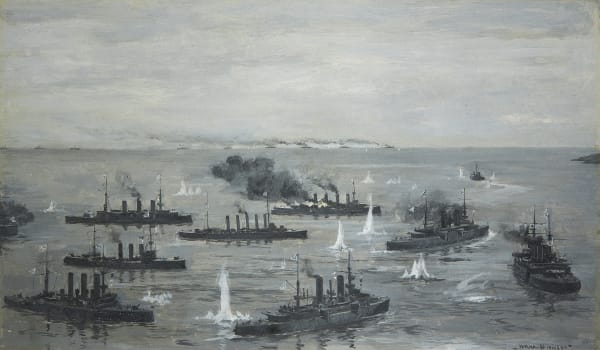 Fleet Action at Port Arthur, 9th February 1904
Fleet Action at Port Arthur, 9th February 1904
-
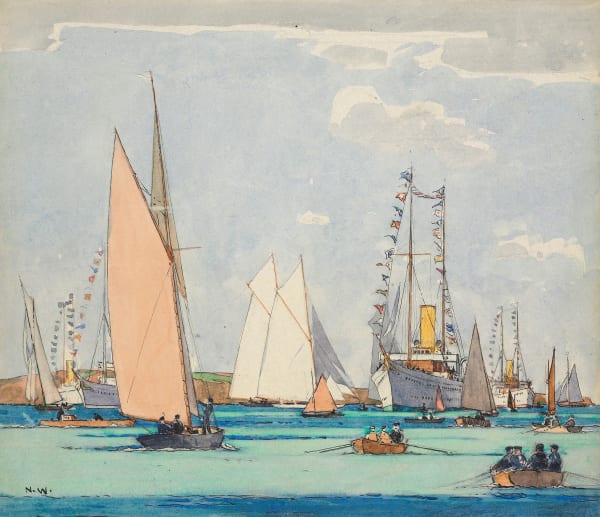 Regatta, Oban Bay
Regatta, Oban Bay
-
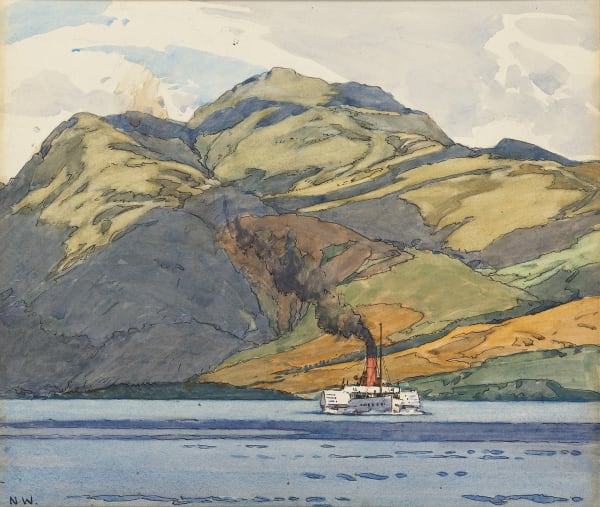 Pleasure steamer on Loch Lomond, Ben Lomond beyond
Pleasure steamer on Loch Lomond, Ben Lomond beyond
-
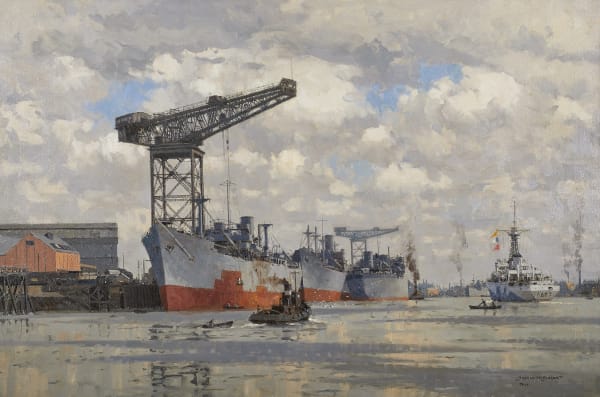 The British Corvette HMS Morpeth Castle returning to the Clyde from exercises, 1944
The British Corvette HMS Morpeth Castle returning to the Clyde from exercises, 1944
-
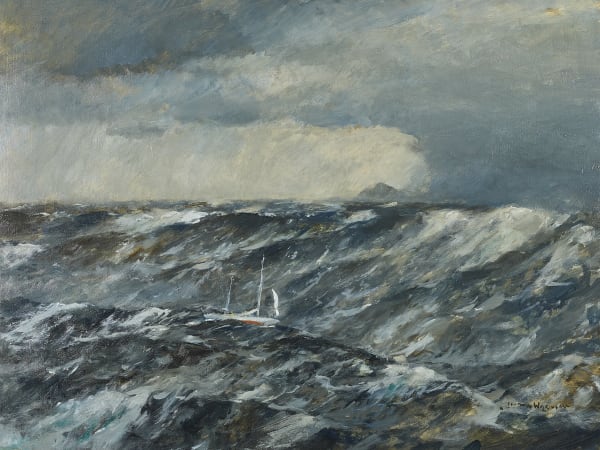 Gipsy Moth IV rounding Cape Horn, 1967
Gipsy Moth IV rounding Cape Horn, 1967
-
 A stretch of the River Spey
A stretch of the River Spey
